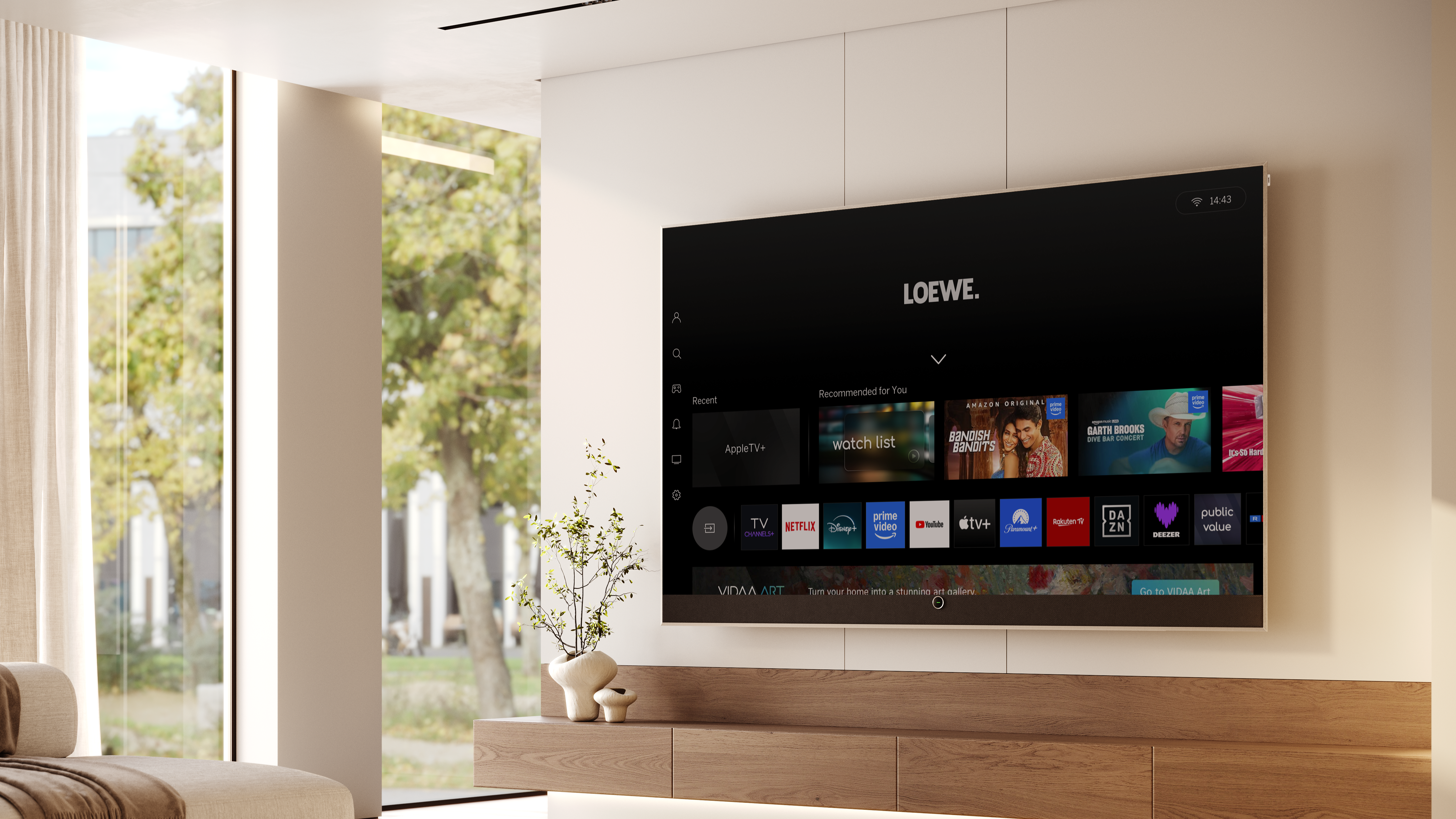IP ratings explained: how waterproof are your headphones?
The proof is in the rating
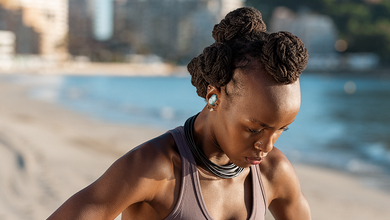
Chances are you’ll have come across IP ratings if you’ve ever bought a pair of headphones, Bluetooth speakers or a smartphone. But what do they actually mean?
If you're just focussing on hi-fi kit to use indoors, you don't need to know. But if you're planning on using devices like wireless headphones or Bluetooth speakers out in the elements, it pays to be clued up on IP ratings. Otherwise you could see your shiny new device come a cropper.
What are IP ratings?
The IPXX system is a simple way of classifying and rating products depending on how resistant they are to environmental factors. Specifically, physical particles (i.e. dust, sand etc.) and liquid particles, usually in the form of water. The IP in front of the numerals stands for “Ingress Protection” – literally how effectively a product can prevent unwanted particles penetrating its casing.
The IPXX rating system acts as a scale that companies can use to inform consumers about how waterproof and/or “dustproof” a product is. We often hear of products being described as simply “waterproof” or “not waterproof”. But the IPXX rating accounts for both solid and liquid foreign objects, and to differentiate between waterproof and merely water-resistant.
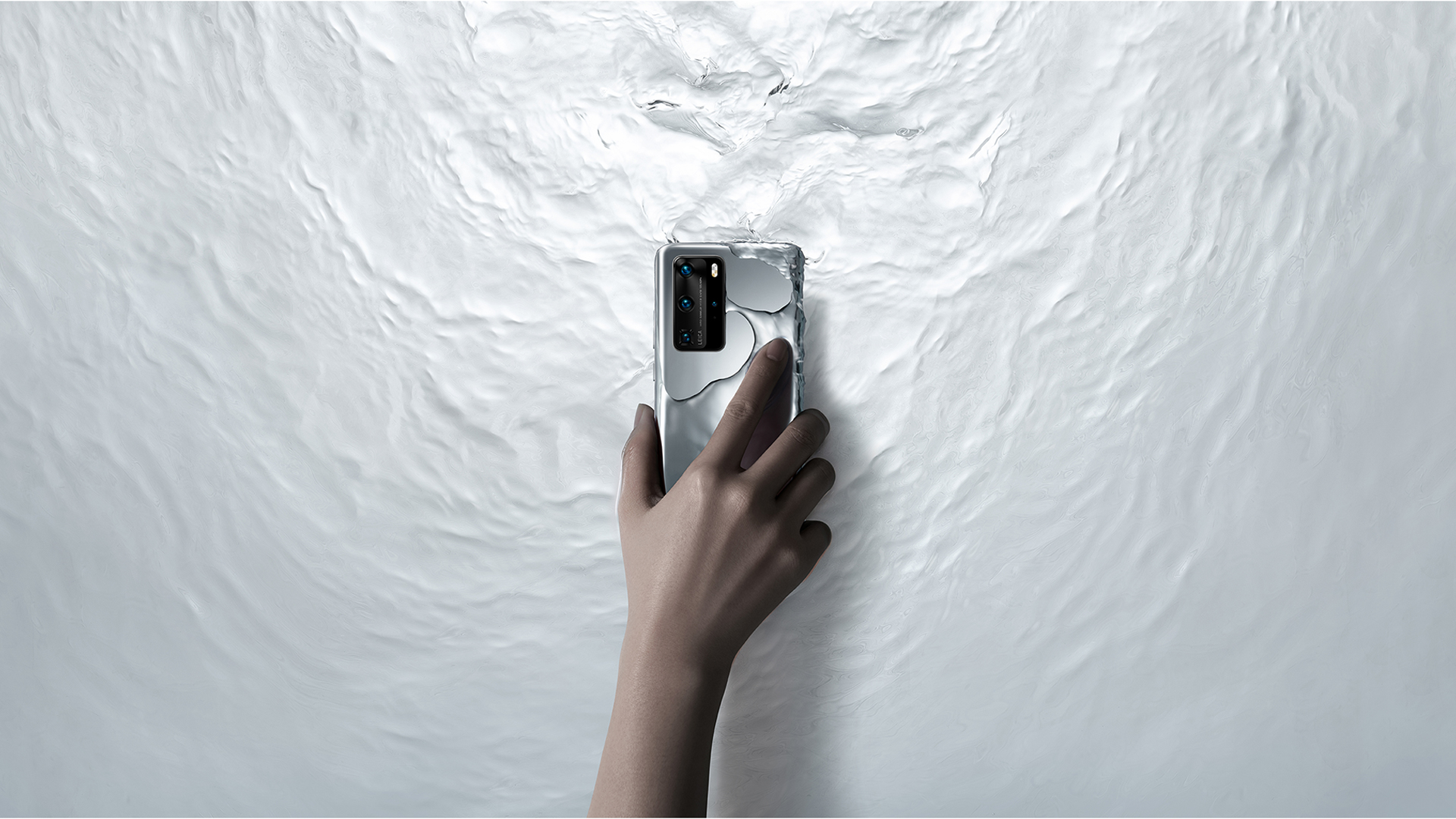
How does the IP Rating system work?
When using the IPXX system, every audio product, be it a pair of wireless headphones or a portable speaker, will sport an IPXX rating. This is essentially a sequence of numbers and letters, starting always with IP and then ending with two interchangeable values. You’ll probably already be familiar with something like IP67, as many mainstream audio products currently tend to hover around this mark as a decent base standard.
There are also different rating systems that you should be aware of, such as the Nema system which classifies products into classes, groups and types, but we’re focusing on the International Electrotechnical Commission (IEC) IP ratings here. The IEC provides a standardised classification for tech products, providing a universal standard across the board.
The “IP” part, then, signifies that this product is using the IEC system of waterproofing classification. The following digit(s) then represents the level of protection for the product, starting with 0 as the lowest level and then six and eight as the highest ranks for solid and liquid entry respectively. An IP69 rating, then, would give the highest protection of dust proofing and a decent level of protection against liquids.
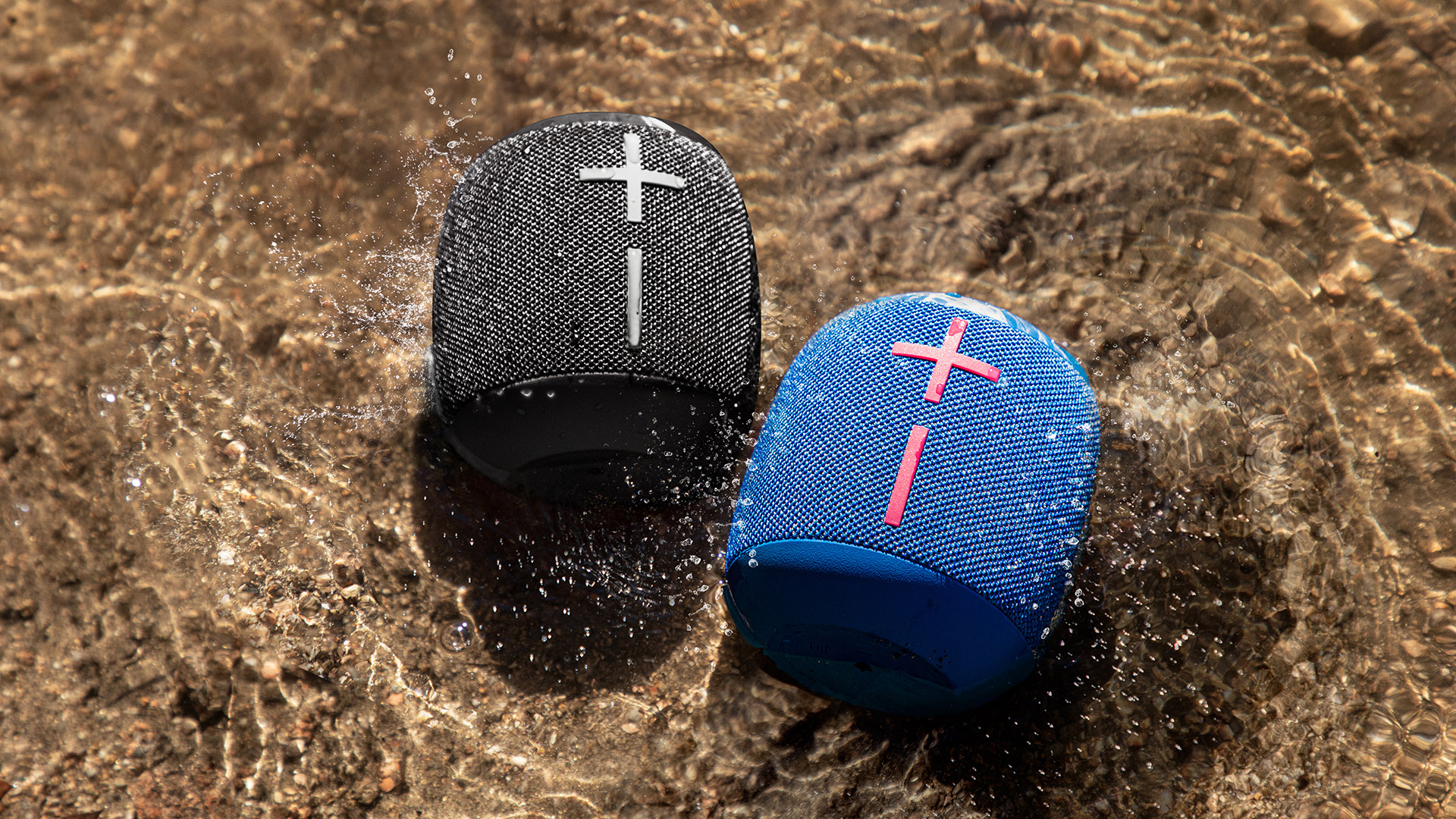
What are the IP Waterproof ratings?
Let’s start with the waterproof ratings. This is determined by the second number in the IPXX code.
| IPX0 | Allows for no protection at all against liquid or moisture of any kind. Even a moist or humid environment could cause damage |
| IPX1 | Only provides protection from dripping water from vertically falling drops |
| IPX2 | Gives protection from vertically dripping water when the enclosure is tilted up to 15 degrees. |
| IPX3 | Gives protection against spraying water, meaning that water sprayed at an angle of up to 60 degrees on either side of the vertical will have no harmful effect. |
| IPX4 | Gives protection against splashing water. This is essentially all water hitting the product from an angle. |
| IPX5 | Provides protection against water jets, i.e. “water projected in powerful jets against the enclosure from any direction.” |
| IPX6 | Allows protection against strong water jets. |
| IPX7 | Gives protection against full water immersion for 30 minutes in water up to 3ft (1m) deep. |
| IPX8 | Is better than IPX7, usually going to a deeper depth and for an increased submersion time. According to the IEC’s website, “ingress in water causing harmful effects shall not be possible when the enclosure is continuously immersed…under conditions which shall be agreed between manufacturer and user but which are more severe than numeral 7.” |
| IPX9 | The highest level of waterproofing will safeguard your equipment against water both at high temperatures and high pressures. Powerful jets, then, and water getting up to around 80 degrees Celsius, shouldn’t have any harmful effects. |
- Here's our pick of the best outdoor Bluetooth speakers
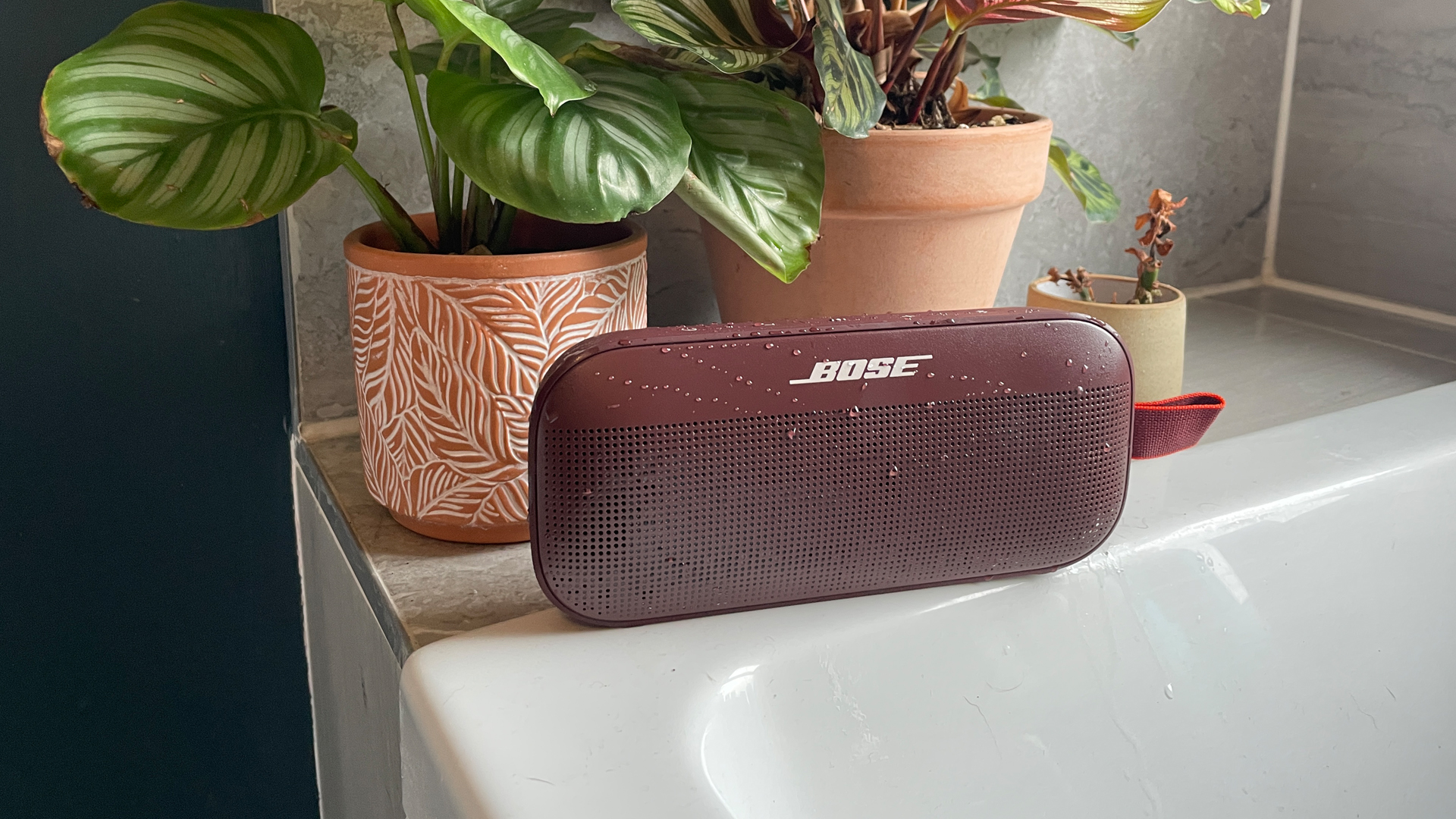
What are the IP Solid Foreign Object (dustproof) ratings?
The dustproof aspect of the IP is determined by the second number in the IPXX code. Unlike the water numeral, the solid foreign object aspect only goes up to 6 on the official IEC chart.
| IP0X | Doesn’t give any protection against entry of small particles such as dust, dirt and other foreign objects. Anything with such a rating will be exceedingly sensitive and will likely be sealed off from the outside world. |
| IP1X | Does provide minimal protection against objects of 50mm and over. Again, such products or equipment are immensely sensitive to foreign bodies. |
| IP2X | Provides protection against contact with solid foreign objects of 12.5mm in diameter or greater. |
| IP3X | Gives protection against solid foreign objects of 2.5mm in diameter or greater. |
| IP4X | Provides protection against solid foreign objects of 1.0mm in diameter or greater. |
| IP5X | Is the rating that actually assures protection against dust. Dust may enter but usually won’t cause any actual damage. This is defined as “Dust-protected”, but not “Dust-tight”. |
| IP6X | This is the final and highest rating, and signifies fully “Dust-tight”, providing full protection against foreign physical bodies and particles of almost any size. |
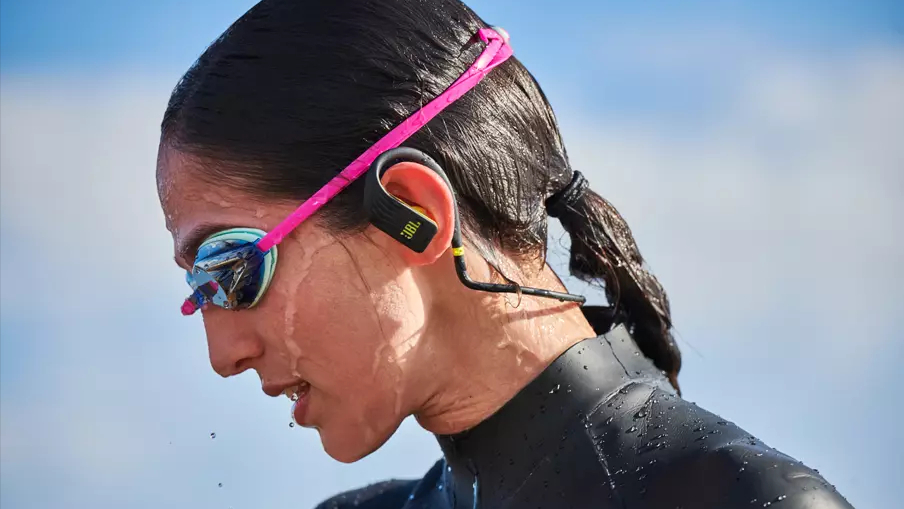
Which IP rating is good for swimming?
The commonly accepted wisdom is that you certainly don’t want an IP rating lower than a 7 for waterproofing if you’re planning on taking a pair of headphones for a dip. As we’ve seen, the IPX7 rating gives protection against full water immersion for 30 minutes in water up to 3ft (nearly 1m) deep.
If you want to be on the safer side, an IPX8 rating should guarantee resistance to immersion in water up to around 3m (nearly 10ft). So if you’re planning on diving to the bottom of the pool to collect coins but still want to hear your favourite tracks, IPX8 will offer even more protection.
Full protection from IPX9, the highest level of waterproofing, isn’t necessary considering the fact that 9 is more suited against high temperatures and extremely high pressures (and most products don't support this level yet). Unless you’re a lobster being thrown into the pot for tonight’s Thermidor and you want to hear Under The Sea one last time, it’s not really necessary.
- Our guide to the best sports headphones
Which IP rating is the best?
Going by the charts above, the IP69 is in theory the best rating possible, but we tend to see IP67 as the current best standard you can get in audio products like speakers and headphones. This rating gives the highest protection of dust proofing and the current best level of protection against water splashes and immersion.
For smartphones, IP68 is the highest rating we've seen on models far, including the latest range from Apple and Samsung (iPhone 15 Pro Max and Galaxy S24 Ultra).
It's worth noting that these products aren't entirely waterproof, they're water-resistant.
Which products are best for getting wet and dirty?
There’s no definitive answer to this question, although it’s well worth heading over to our list of the best outdoor speakers and the best running headphones if you’re of an outdoorsy or athletic inclination and want to take your music on the road, down a ravine or into a river.
There are some brands that are more comfortable with delivering what one might term “rough and ready” products for places other than your well-furnished living room. JBL is very much the king of the rugged on-the-go speaker market with sizes to fit all occasions, whereas Ultimate Ears has forged out a corner of the market with some very respectable portable players that also 'float' in water.
If we had to make recommendations for your next Animal House-esque pool party, the five-star speakers JBL Flip 6, JBL Xtreme 4 or Bang & Olufsen Beosound A1 are all IP67-rated, whereas the JBL Reflect Flow Pro earbuds' IP68 score makes them the ideal pair of earbuds for any sporting activity that might result in full liquid immersion.
Not all the latest devices carry the highest IP rating. Some of our favourite wireless earbuds – the current Apple AirPods Pro 2 and Sony WF-1000XM5 – carry a minimal IPX4 rating against sweat and moisture. And not every portable device is waterproof, either. The five-star Audio Pro Addon C3, for instance, is a stylish, smooth-sounding operator, but it doesn't carry an official IP rating – so be extra careful if you are taking it outside in the British weather.
MORE:
Check out our best wireless headphones guide
These are the best outdoor speakers we've tested
8 mistakes to avoid with your wireless earbuds
The latest hi-fi, home cinema and tech news, reviews, buying advice and deals, direct to your inbox.

Harry McKerrell is a senior staff writer at What Hi-Fi?. During his time at the publication, he has written countless news stories alongside features, advice and reviews of products ranging from floorstanding speakers and music streamers to over-ear headphones, wireless earbuds and portable DACs. He has covered launches from hi-fi and consumer tech brands, and major industry events including IFA, High End Munich and, of course, the Bristol Hi-Fi Show. When not at work he can be found playing hockey, practising the piano or trying to pet strangers' dogs.
